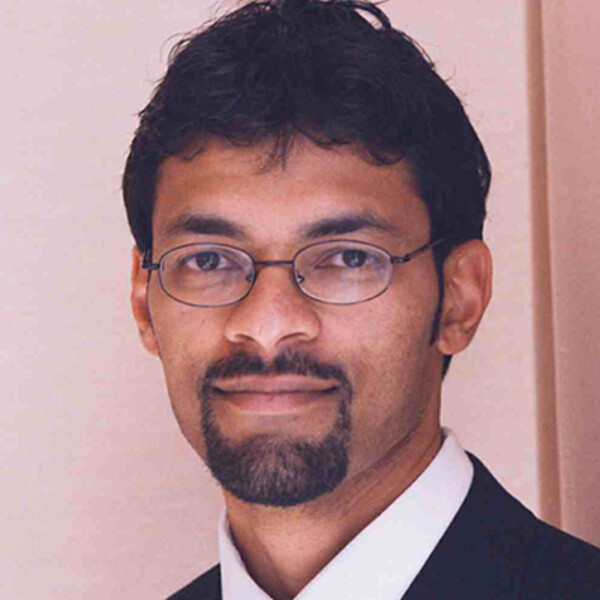Main Second Level Navigation
Theo Moraes
MD, PhD

Theo Moraes graduated from medical school at the University of Toronto in 1997 and then completed his Paediatric Residency in Kingston, Ontario and a Paediatric Respirology Fellowship at SickKids in Toronto before pursuing his PhD in the laboratory of Dr Gregory Downey.
His postdoctoral training was done in Dr Tania Watts' lab in the area of T cell immunity to influenza infection.
He has been on staff at SickKids since 2008 and is currently a Clinician Scientist appointed in Physiology and Experimental Medicine.
Research Synopsis
Respiratory viruses are ubiquitous and have the ability to infect any age group, though infants tend to suffer a more severe course.
Infection leads to inflammation and injury associated with both acute and chronic morbidity and mortality. Current therapeutic approaches are inadequate.
My overall research goal is to reduce the burden of disease caused by viral inflammation in the lung.
The current focus of my lab is on Respiratory Syncytial Virus (RSV), the most common cause of serious respiratory viral infection in children.
We currently use a few model systems including a mouse model and a well differentiated human airway epithelial cell culture system.
Our collaborative work includes testing compounds in a high throughput screen for efficacy against RSV. We also use our primary cell model to understand other important respiratory diseases including Cystic Fibrosis.
The Moraes lab
The Moraes lab is housed on the 9th floor of the Peter Gilgan Centre for Research and Learning (PGCRL).
Current projects use a number of methods including:
- tissue culture
- air liquid interface culture
- transfection
- gene modification/cloning
- western blotting
- q-PCR
- Luminex multiplex assays
- viral culture/purification and quantification
- various histological protocols
- mouse models
- confocal microscopy
- flow cytometry and in close collaboration we also use RNA-seq
- Ussing chamber analysis
- super resolution microscopy
- electron microscopy
